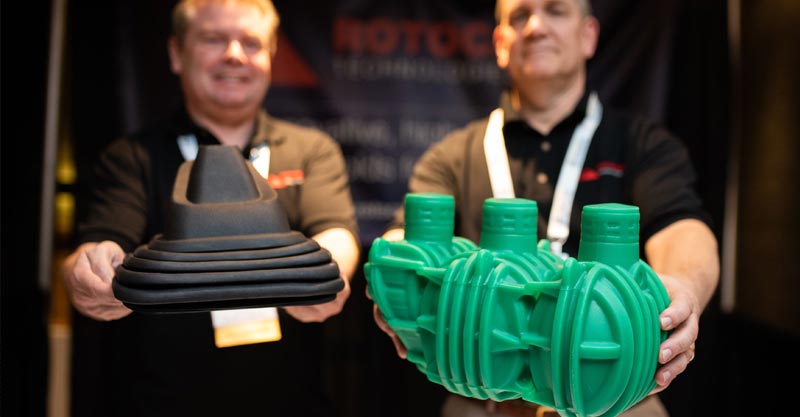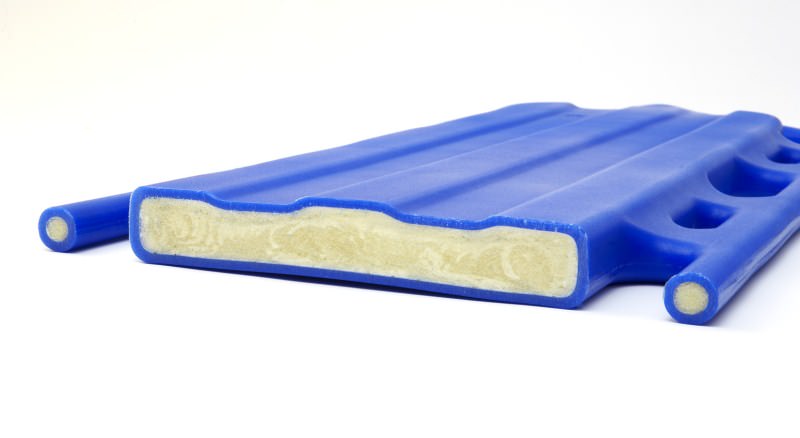How Rotomolding Contributes to Sustainable Manufacturing
How Rotomolding Contributes to Sustainable Manufacturing
Blog Article
Production operations continue steadily to evolve as industries seek impressive techniques to make top quality, sturdy, and cost-effective goods. Among these techniques, Rotomolding, is making substantial strides. That functional manufacturing method is disrupting standard procedures and is now a go-to answer for making complicated, useless, and sturdy plastic products.
What is Rotomolding?
Rotomolding is a manufacturing process that involves heating and rotating shapes filled up with polymer powders. The turn guarantees that the substance evenly layers the mold's inside, making evenly solid and easy plastic products. When the product is evenly distributed and cooled, the last product is launched from the mold. From water tanks and kayaks to playground equipment and industrial storage units, rotomolding is employed across varied industries.

Key Advantages of Rotomolding
One of many factors rotomolding is reshaping the production landscape is their ability to solve the challenges associated with different conventional methods like shot or hit molding. Here's why it's getting reputation:
•Cost-Effective for Low-Volume Production
While other manufacturing techniques often involve large upfront prices for conforms and equipment, rotomolding features decrease expense in tooling, making it an excellent choice for custom and low-volume production. That mobility in creation allows suppliers to provide personalized and small-batch products without incurring significant expenses.
•Complex Types Created Simple
Rotomolding enables producers to generate complicated and comprehensive structures that could be hard or impossible with other methods. Complex patterns, undercuts, and small design aspects are easily handled, opening up an environment of innovative designs.
•Durability and Energy
Items developed through rotomolding are known for their uniform width and durability. This method eliminates weak points and weld lines which are usually an issue with traditional manufacturing strategies, ensuring high-quality and long-lasting products.
•Waste Reduction
With sustainability becoming a main target for industries, rotomolding speaks being an environmentally conscious process. Excess plastic grains may be recycled back to the creation routine, somewhat reducing material wastage.

Numerous Industries Embrace Rotomolding
Industries like automotive, agriculture, and marine have commonly used rotomolding for its versatility. For example, the automotive industry uses rotomolding to produce durable fuel tanks and interior parts. Likewise, agricultural equipment producers take advantage of the method to develop long-lasting storage containers and equipment parts. Actually the furniture business employs it to create modern and sturdy outdoor furniture.
Rotomolding is proving to be a important creativity that drives efficiency and imagination in production, providing industries with the capacity to match consumer demands for tough and cost-effective products and services while reducing environmental impact. That growing trend shows no signs of decreasing, and it's secure to say that rotational molding is redefining manufacturing norms.
Report this page